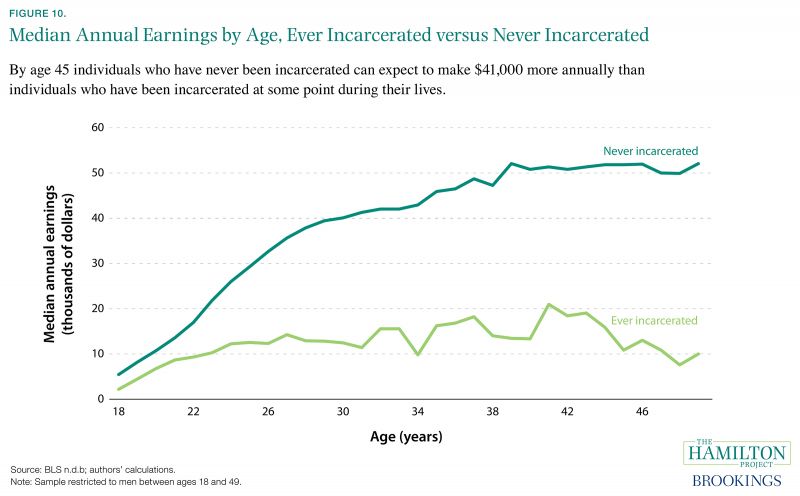

Measures of arrest and other risk variables were generated from self-reported data. The current paper tested these competing perspectives by examining a large, nationally representative sample of youth following them for 15 years from early adolescence into adulthood. Racial disparity, especially in arrest, thus results from black over-involvement in criminal behavior (DÁlessio & Stolzenberg, 2003 Snyder & Sickmund, 1999 Wilbanks, 1987). Blacks generally have the highest level of criminal offending of all racial groups (Beaver et al., 2013 Steffensmeier et al., 2011), especially violent offending (Chan, Myers, & Heide, 2010 Delisi, Dooley, & Beaver, 2007 Tonry, 2010). Finally, others point out that the offending rates between racial groups are not equal. These factors cause not only crime but also increased police presence. Inner-city communities, for example, are significantly more likely to be economically poor, racially segregated, and have less informal control (Gibbs, Giever, & Martin, 1998 Krivo & Peterson, 1996 Unnever et al., 2007 Webster & Kingston, 2014). The second explanation does not deny the potential impact of differential policing on racial disparity but instead argues that risk factors associated with aggregate crime rates and with individual behavior are more frequently present in minority communities. Differential police practices, including focusing resources more on minority communities than other communities, and differential police decision-making, including the decision to arrest, have been tied to racial disparity (Carmichael, 2010 Warren et al., 2006). The first explanation is that the criminal justice system unfairly targets blacks and other minorities (Kennedy, 1997 MacDonald, 2003). This body of research has generally tested three competing but over-lapping explanations for racial disparity, especially for racial disparity in arrest which represents the entrance point to the criminal justice system. Differential police contacts, differential arrest decisions, differential prosecutorial decisions, and differential sentencing outcomes have all generated empirical investigations and critiques (Bolger, 2015 Engel, Calnon, & Berbard, 2002 Lytle, 2013 Steffensmeier et al., 2011 Wilbanks, 1987). Collectively, however, the various media reports gelled into a broader discussion of racial disparity in the criminal justice system.Ĭriminologists have produced an impressive body of evidence concerning racial disparity in criminal justice processing (Carmichael, 2010 Peterson, 2012 Tonry, 2010). Virtually every police shooting of a minority received media coverage. Finally, the riots and the various DOJ investigations sparked a remarkable degree of media interest and reporting. While the causes were likely more complex, the common theme in both instances was that minorities were ill treated by the police and were often arrested for crimes where the arrest decision was questionable. Second, the riots in Ferguson, MO and in Baltimore, MD were linked to allegations of disparate treatment of minorities. Allegations of police impropriety, including the unwarranted targeting of minorities, resulted in the DOJ taking a more active role in the investigation of police. First, beginning with the election of President Obama, the Civil Rights Division of the Department of Justice shifted attention away from allegations of civil rights violations caused by members of the pubic or by businesses and instead focused investigative resources on allegations of police misconduct. This attention has been driven by three inter-related forces. The disproportionate arrest of young, black, impoverished males has received unparalleled recent attention.


 0 kommentar(er)
0 kommentar(er)
